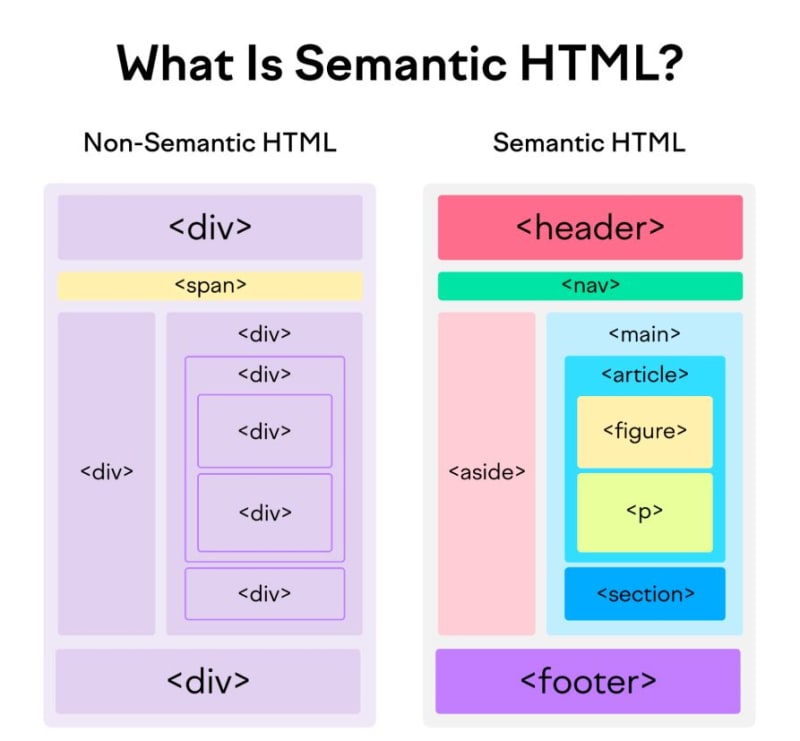Whenever I encounter a loop in code, I see it not just as a construct but as a challenge—a fun little game I like to play. My mission, which might seem quixotic to some, is to remove as many loops as possible from the codebases I interact with. This isn’t about waging a war on loops; it’s about embracing elegance and efficiency in coding. Loops, especially the traditional for variety, have long been a staple in programming. Yet, they often lead us down a path cluttered with complexity, mutability, and a style of coding that feels increasingly out of step with modern software development practices.
Enter the world of functional programming—a paradigm that promises a different way of coding and a clearer, more expressive means of communicating our intention through code. With Python as our vessel, we’ll explore how functional programming techniques like map, reduce, and filter can transform our approach to handling collections, iteration, and conditional processing. By adopting this more declarative style, we embark on a journey to minimize our reliance on loops and enhance our code’s readability, maintainability, and sheer beauty.
So, as we dive into this exploration, remember: each loop removed is a victory in our quest for code elegance. Let’s discover the joy in replacing the familiar yet cumbersome for loops with more expressive, functional alternatives.
The Limitations of for Loops
At first glance, for loops seem indispensable. They’re among the first tools developers learn to iterate over data collections. But, as we grow and our projects become more complex, the cracks start to show.
Readability and Complexity
for loops often lead to verbose code. Each loop requires managing loop counters or iterators, conditions for continuation, and the loop body itself. This can quickly turn a simple logic into a tangled mess, especially when loops nest within other loops.
Imperative vs. Declarative
In an imperative style, for loops tell the computer “how” to do something, step by step. This approach can obscure “what” you’re actually trying to accomplish. On the other hand, functional programming emphasizes a declarative style—focusing on the desired outcome, often leading to more intuitive code.
Mutability and Side Effects
for loops frequently involve modifying a collection or a variable’s state as the loop progresses. This mutability can introduce side effects, making the code harder to predict, debug, and test. The functional approach often avoids or minimizes side effects, leading to safer and more reliable code.
A Barrier to Concurrency
The inherent state changes in traditional loop constructs can complicate concurrent programming implementation. Functional techniques, which emphasize immutability and stateless operations, are more naturally suited to concurrent execution environments.
Recasting loops into functional constructs addresses these limitations and opens the door to a more elegant, maintainable, and often more efficient way of writing code. As developers, when we start viewing loops as a code smell—a hint that a more sophisticated approach might be awaiting discovery—we begin to unlock the true potential of our programming practices.
In the following sections, we’ll explore how embracing functional programming paradigms such as map, reduce, and filter can help us overcome the limitations posed by traditional for loops and enhance our code’s readability, robustness, and simplicity.
Strategies to Replace for Loops
Embracing functional programming means recognizing opportunities to replace traditional loops with constructs encapsulating common data processing patterns. Let’s explore how map, reduce, and filter can transform our approach to iterating over and manipulating collections.
Map: Transforming Collections Gracefully
When transforming each item in a collection, instead of reaching for a for loop, consider a map. It applies a given function to each item in the input collection, producing a new collection with the transformed items.
Example:
numbers = [1, 2, 3, 4, 5]
doubled_numbers = []
for number in numbers:
doubled_numbers.append(number * 2)
# Using map
doubled_numbers = list(map(lambda x: x*2, numbers))
Filter: Selecting Data with Precision
filter shines when we need to select items from a collection based on a condition. Where you might traditionally use a for loop with an if statement to append matching items to a new list, filter streamlines this process.
Example:
numbers = range(1, 11)
even_numbers = []
for number in numbers:
if number % 2 == 0:
even_numbers.append(number)
# Using filter
even_numbers = list(filter(lambda x: x % 2 == 0, numbers))
Reduce: Aggregating Data Efficiently
For operations that combine items in a collection into a single cumulative value (e.g., summing numbers, concatenating strings), reduce is your go-to. It iteratively applies a given function to the elements of a collection, accumulating the result.
Example:
# Traditional for loop for summing
numbers = [1, 2, 3, 4, 5]
total = 0
for number in numbers:
total += number
# Using reduce
total = reduce(lambda x, y: x + y, numbers)
These functional programming constructs offer a clear, declarative way of expressing common data processing patterns, significantly enhancing code readability and maintainability. By abstracting away the mechanics of iteration, we focus more on “what” we want to achieve rather than “how” to implement it—allowing us to write more intuitive and succinct code.
Benefits of Moving Beyond for Loops
The transition towards functional programming, particularly the use of map, reduce, and filter over for loops, offers a suite of advantages that align well with the demands of contemporary software development. Here are key benefits developers can expect to realize:
Enhanced Readability
Clear Intent: Functional constructs like map, reduce, and filter express the operation’s intent directly, making the code more readable and understandable at a glance.
Reduced Boilerplate: These functions reduce boilerplate code by eliminating the need for loop setup and manual iteration, leading to more concise codebases.
Robustness and Predictability
Fewer Side Effects: Functional programming encourages immutability and stateless operations, minimizing side effects and making functions more predictable and testable.
Easier Debugging: With clear, stand-alone transformations, pinpointing errors becomes straightforward, reducing the debugging effort.
Better Abstractions
Higher-Level Thinking: This approach promotes thinking about what needs to be achieved rather than how encouraging developers to think in more abstract terms.
Composability: Functional constructs can be easily composed or chained, allowing developers to build complex operations from simpler, reusable components.
Increased Efficiency
Parallel Processing: The immutable nature of data structures in functional programming makes it easier to leverage parallel processing, improving performance in certain scenarios.
Adaptability: Code written in a functional style is generally more adaptable and easier to extend, as new operations can be added without modifying existing code structures.
By embracing functional techniques, developers improve the quality of their code and align with modern programming paradigms that prioritize clarity, efficiency, and robustness. These benefits make a compelling case for adopting functional programming practices, offering a clear path toward writing more elegant and maintainable code.
Embarking on a Functional Odyssey
The quest for more elegant, maintainable, and robust code is never-ending in today’s rapidly evolving software development landscape. Through our journey “Beyond Loops,” we’ve unveiled the power and simplicity of adopting functional programming techniques—showcasing how map, reduce, and filter can effectively replace traditional for loops, transforming how we think about and interact with data.
This shift from imperative to functional programming is not just about changing syntax; it’s about adopting a new mindset. It’s about seeing beyond the immediate solution to embrace patterns and approaches that make our code work and shine by focusing on what needs to be done rather than how we open up a world of possibilities where code becomes more intuitive, expressive, and enjoyable to write and read.
While the transition may have challenges, especially for those deeply entrenched in imperative programming paradigms, the benefits are undeniable. Enhanced readability, improved predictability, increased efficiency, and better abstraction capabilities are just some advantages that await those willing to explore the functional landscape.
As we’ve seen through our examples in Python, leaping isn’t as daunting as it may appear. It’s a playful, enlightening journey—a game, as I like to think of it, where each loop replaced is a step towards a more elegant and refined codebase. So, I encourage you to start small, experiment with map, reduce, and filter in your projects, and discover the immediate impact these changes can have on your code quality and overall development experience.
The terrain of software development is vast and varied, but as we move towards more advanced and complex systems, the principles of functional programming offer a guiding light. By embracing these concepts, we improve our craft and contribute to a future where code is not just functional but truly elegant.
Your Part in the Code Revolution
Dare to take the first step in this journey beyond loops. In the comments below, share your experiences, challenges, and successes in adopting functional programming approaches. Let’s inspire and learn from each other, fostering a community that thrives on innovation, clarity, and elegance in coding.




